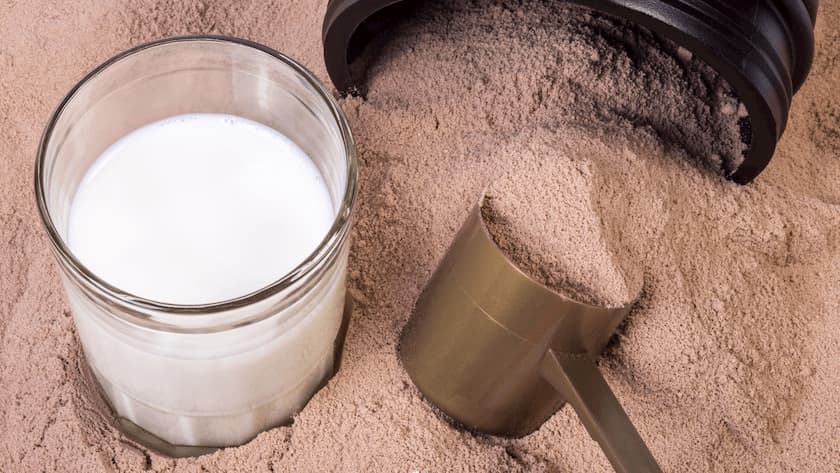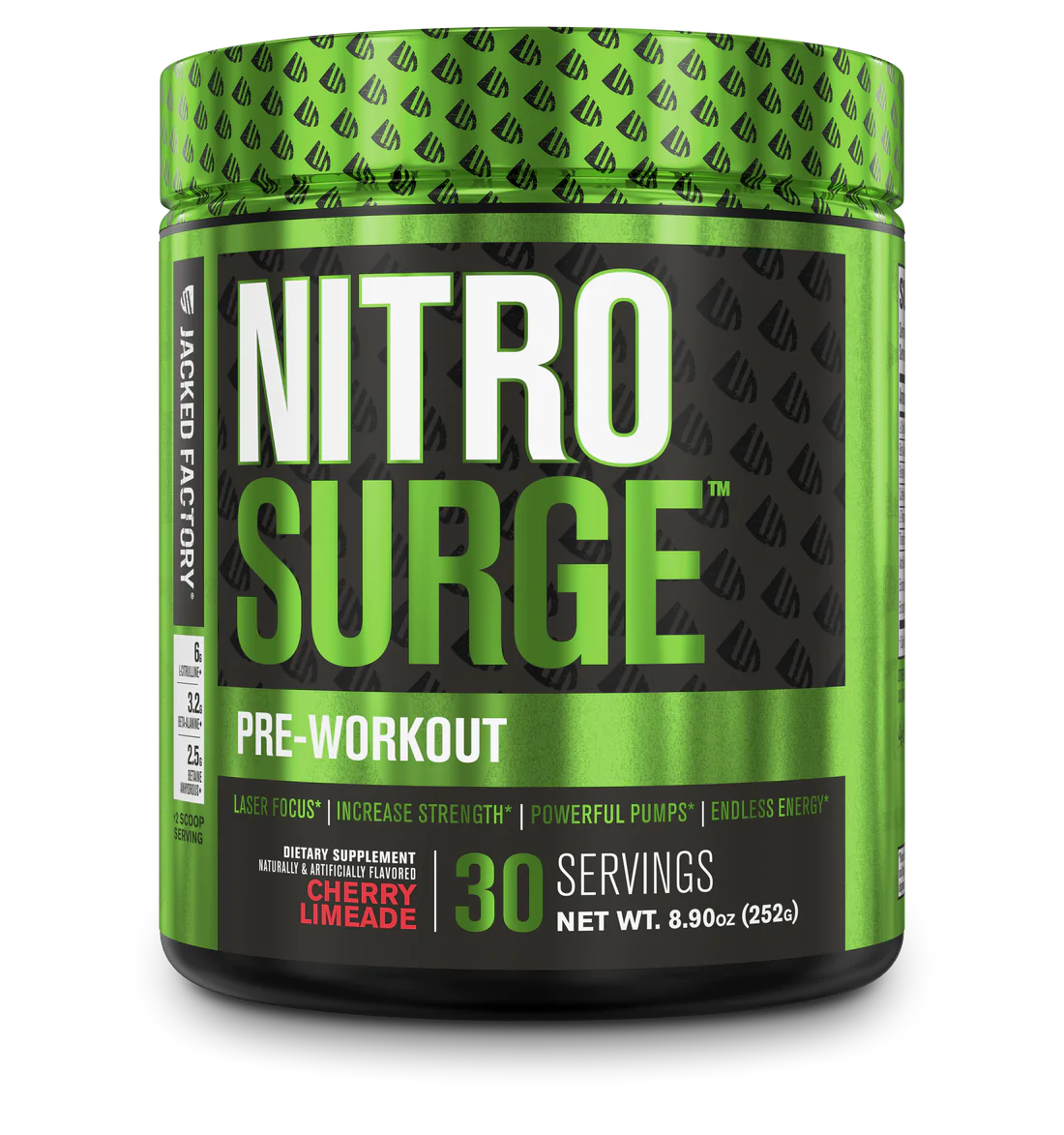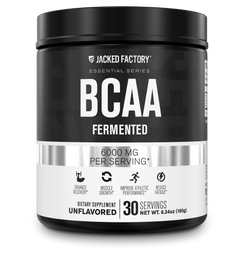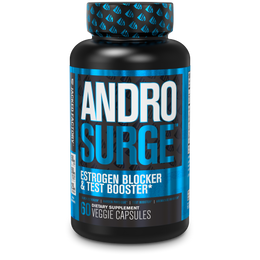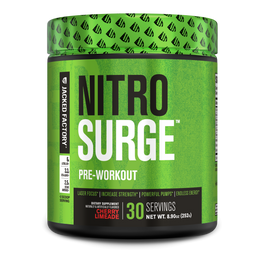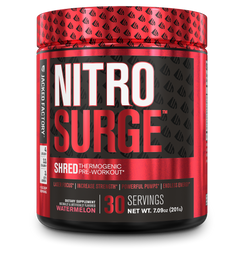Whey protein is arguably the most popular food supplement available, largely because protein is imperative for those looking to build muscle. Aside from the multitude of functions proteins have in the human body, they’re also the key regulator and substrate for muscular hypertrophy.
Needless to say, if you’re putting in countless hours in the gym training, you’re going to want to maximize your results by optimizing your protein intake.
Research continues to provide evidence that protein needs are greater in active individuals, especially those who lift weights regularly. [1] Thus, many gym-goers find supplemental protein powders useful for meeting their protein demands.
The following guide will teach you exactly what whey protein is, how it’s produced, the benefits of it, any side effects it may impose, and how to use it optimally. There will also be answers to frequently asked questions about whey protein to cover all your bases.
What is Whey Protein?
All proteins are made up of amino acids, and whey happens to be a complete source of protein. This means it contains all 9 essential amino acids that humans must obtain through their diet.
Whey refers to the milk serum byproduct produced during the curdling of milk. Whey proteins comprise roughly 20% of the protein content in dairy milk, with the rest of being casein proteins. [3]
Whey proteins come in a variety of fractions, such as albumins and globulins, that vary according to the species from which they are secreted. For example, dairy cattle produce milk that contains mainly alpha-lactalbumin and beta-lactoglobulin.
Many dairy products, such as low-fat milk, cream, and cheese, are made by utilizing the functional characteristics of whey.
For example, the gel-like texture of cheese is primarily due to the coagulation of casein proteins after the whey fractions are removed (though there is still some whey in certain cheeses).
How Whey Protein is Produced
Whey itself contains whey proteins, milk sugar (lactose), small amounts of fat, and micronutrients. Whey protein is filtered using one of several membrane filtration methods, such as microfiltration or ultrafiltration. [4]
After being filtered, the whey is spray dried and microencapsulated into a powdered product which may then be further altered by the manufacturer with specific food flavoring and coloring.
Types of Whey Protein Powders
Whey protein concentrate (WPC)
Produced using ultrafiltration of whey, this refers to whey proteins that contain less than 90% protein concentration but could be as little as 20%. Usually, the exact proportion of whey will be notated following the term “WPC” such as WPC “75.” The rest of the powder is comprised of lactose, fat, and micronutrients.
Whey protein isolate (WPI)
Produced by using a variety of membrane filtration techniquesto reach greater than 90% protein concentration and removal of most (if not all) lactose. Manufacturers will often combine filtration with an ion-exchange technique to selectively filter out particles by their ionic charge rather than just molecular size.
Whey protein hydrolysates (WPH)
Whey protein hydrolysates are produced using enzymatic hydrolysis of either WPC and/or WPI. Essentially, this acts as a method of pre-digesting the protein by hydrolyzing (splitting) the protein’s peptide bonds. The resulting product is rapidly digested and absorbed upon ingestion.
The Benefits of Whey Protein

Proteins are an essential macronutrient, meaning humans need to ingest them to survive. Protein is vital for many physiological processes, including neurotransmission, energy production, cardiovascular function, immune system regulation, and development and maintenance of muscle tissue. [6]
As mentioned earlier, amino acids are the building blocks of proteins, and proteins are subsequently the building blocks of muscle tissue since muscles are where the body stores most of its amino acids. [7]
Whey protein is a complete protein with a large proportion of the amino acid L-leucine. L-leucine has been found to be a key part of regulating protein synthesis (MPS). [8]
Research has shown that the proportion of leucine in a given protein source has implications on the peak MPS rate after a meal. [8] There are many benefits from ingesting whey protein that stems from the biological role of essential amino acids; the list below summarizes the main benefits.
Overview of Whey Protein’s Benefits:
- Increases anabolic response to resistance training [9]
- A complete protein source that is ideal for stimulating MPS [8]
- The protein is rapidly absorbed and digested
- Simple and convenient to add to one’s diet
- Helps maintain muscle mass and prevent sarcopenia, which is muscular atrophy due to aging [10]
- Boosts immune system function in those who are physically active [11]
- Protects lean body mass during prolonged aerobic activities [12]
Which Type of Whey Protein is Best
In short, there is no “best” whey protein. Choosing the right whey protein for you will come down to several factors including your budget, the flavor desired, lactose tolerability, and what you are using the product for. Read on for a summary of the pros and cons of each type of whey protein powder.
Pros and cons of whey protein concentrate (WPC)
WPC is the cheapest priced whey protein supplement and tends to provide decent quality, making it a solid option for those on a tight budget. However, WPC is a bit higher in fat and carbohydrate content.
There will be a small amount of lactose in most WPC products, so if you don’t tolerate milk sugar very well, then your best bet is to stay clear of WPC.
Pros and cons of whey protein isolate (WPI)
If you want a lactose-free, low-fat, and easily digested protein, then WPI is tough to beat. The main drawbacks to WPI are that it is relatively expensive and doesn’t have the rich, creamy texture that WPC does.
Pros and cons of whey protein hydrolysate (WPH)
WPH is highly bioavailable, easy to digest, very low in fat and carbohydrates, and has a very high protein concentration. Unfortunately, WPH tends to be the most expensive of all whey protein powders. If you have room in your budget, then it’s pretty much the “gold standard” of proteins.
Pros and cons of whey protein blends
Most protein powder supplements are a blend of WPI and WPC, as manufacturer’s aim to create a balance between cost, flavor, and quality. Something to be wary of is companies that “label dress” their product by incorporating minute amounts of WPI and/or WPH just so it looks like they are giving you a higher quality product. In reality, it’s mostly overpriced WPC.
Whey vs. Other Protein Sources
You’re probably curious what is best/optimal when it comes to different protein sources such as whey, casein, soy, egg, or wheat. High-quality proteins such as whey and casein are capable of promoting muscle protein synthesis post-exercise by activating the mammalian target of rapamycin (mTOR) signaling pathway. [8]
What this tells us, then, is that protein source does indeed matter, but only in the sense that you are ingesting sufficient essential amino acids (EAAs). Remember, EAAs are amino acids that we must obtain from dietary sources humans can’t synthesize them in the body.
Coincidentally, whey protein just so happens to be the ideal source of EAAs, and most importantly, of L-leucine. Whey protein is also the most bioavailable source of protein for humans, meaning we readily digest and absorb it.
Don’t think of it as an either-or issue; whey protein and most other protein supplements have similar benefits when it comes to building muscle and losing body fat.
When to Use Whey Protein
In reality, whey protein isn’t a “supplement” so much as it is just a powdered food; it should be utilized whenever you are looking for a high-quality source of protein to add to your diet. That being said, research does show that taking whey protein pre and post-workout can significantly enhance the MPS response to weight training. [9]
How Much Whey Protein Should I Use?
Research is ongoing as to how much protein is optimal, especially in active individuals. In general, it is recommended to have at least 1 gram of protein per pound of your lean body mass.
Thus, an individual who is 10% body fat and weighs 200lbs would aim to take in at least 180g of protein per day.
Simply use your whey protein supplement accordingly to reach your protein goal for the day.
If you’re ‘bulking‘ then your protein intake will be higher than average.
Whey Protein FAQs
Q: I’m allergic to milk, is a whey protein supplement safe for me?
A: If you’re only allergic to the casein fractions of milk, then whey protein supplements should be safe (assuming they’re not cross contaminated).
Q: I’m lactose intolerant, can I still use a whey protein supplement?
A: Yes, but whey protein concentrate supplements will likely contain the most lactose, so it may be in your best interest to invest in a pure whey protein isolate product.
Q: Does whey protein use have any side effects?
A: Whey protein is generally well tolerated by most individuals, but in special circumstances, there is the risk of certain side effects such as:
- Bloating, cramping, or GI distress
- Increased bowel movements
- Flatulence
- Allergic reactions
- Nausea
- Headaches
These side effects can generally be easily solved by monitoring your total protein intake and making sure you are aware of any possible food allergies that you may have.
Q: Is it true that whey protein is bad for the kidneys?
A: No, whey protein itself is not bad for the kidneys. This supposition stems from incidences of renal impairment in individuals who have ingested excessive amounts of protein intake (the source of protein is irrelevant).
Q: Does it matter what liquid I use to mix my whey protein with?
A: No, the choice of liquid won’t have any effect on the solubility (assuming it’s not boiling hot).
Q: Does cooking/baking reduce the effectiveness of whey protein?
A: No, denatured protein is essentially “pre-digested” protein; you’re still taking in all the amino acids that were originally in the protein.
Q: Can I combine whey protein supplements with my other powdered supplements like creatine or glutamine?
A: Yes, that’s perfectly fine.
Take-Home Points
Hopefully, this guide has summarized everything you could ever want to know about whey protein and its properties. Remember that there is no “best” whey protein supplement out there as each type of powder has its own benefits and drawbacks.
References:
- Lemon, P. W. (2000). Beyond the zone: protein needs of active individuals. Journal of the American College of Nutrition, 19(sup5), 513S-521S.
- De Wit, J. N. (1990). Thermal stability and functionality of whey proteins.Journal of Dairy Science, 73(12), 3602-3612.
- Basch, J. J., Douglas, F. W., Procino, L. G., Holsinger, V. H., & Farrell, H. M. (1985). Quantitation of caseins and whey proteins of processed milks and whey protein concentrates, application of gel electrophoresis, and comparison with Harland-Ashworth procedure. Journal of Dairy Science,68(1), 23-31.
- Tunick, M. H. (2008). Whey protein production and utilization: a brief history.Whey processing, functionality and health benefits, 1-13.
- Guadix, A., Camacho, F., & Guadix, E. M. (2006). Production of whey protein hydrolysates with reduced allergenicity in a stable membrane reactor.Journal of Food Engineering, 72(4), 398-405.
- Wagenmakers, A. J. (1997). Muscle amino acid metabolism at rest and during exercise: role in human physiology and metabolism. Exercise and sport sciences reviews, 26, 287-314.
- Felig, P. (1975). Amino acid metabolism in man. Annual review of biochemistry, 44(1), 933-955.
- Li, F., Yin, Y., Tan, B., Kong, X., & Wu, G. (2011). Leucine nutrition in animals and humans: mTOR signaling and beyond. Amino Acids, 41(5), 1185-1193.
- Dreyer, H. C., Drummond, M. J., Pennings, B., Fujita, S., Glynn, E. L., Chinkes, D. L., … & Rasmussen, B. B. (2008). Leucine-enriched essential amino acid and carbohydrate ingestion following resistance exercise enhances mTOR signaling and protein synthesis in human muscle.American Journal of Physiology-Endocrinology And Metabolism, 294(2), E392-E400.
- Paddon-Jones, D., Short, K. R., Campbell, W. W., Volpi, E., & Wolfe, R. R. (2008). Role of dietary protein in the sarcopenia of aging. The American journal of clinical nutrition, 87(5), 1562S-1566S.
- Ha, E., & Zemel, M. B. (2003). Functional properties of whey, whey components, and essential amino acids: mechanisms underlying health benefits for active people (review). The Journal of nutritional biochemistry,14(5), 251-258.
- Schaafsma, G. (2006). Health issues of whey proteins: 1. Protection of lean body mass. Current Topics in Nutraceutical Research, 2, 4, 113-122.
